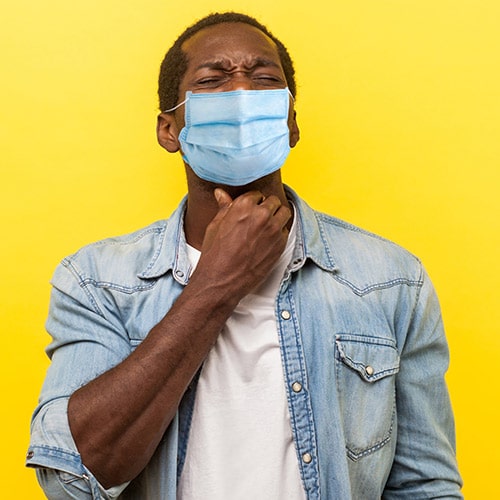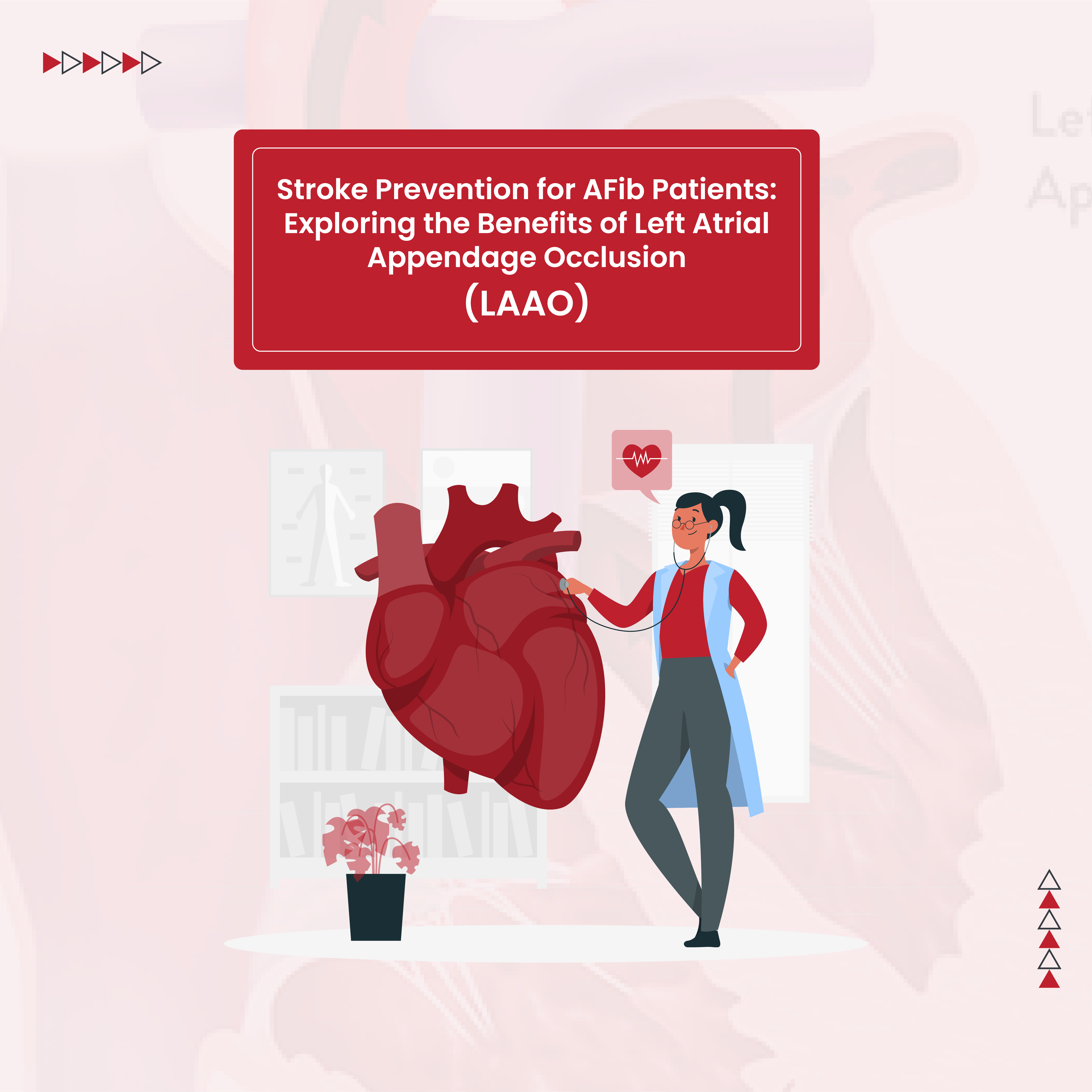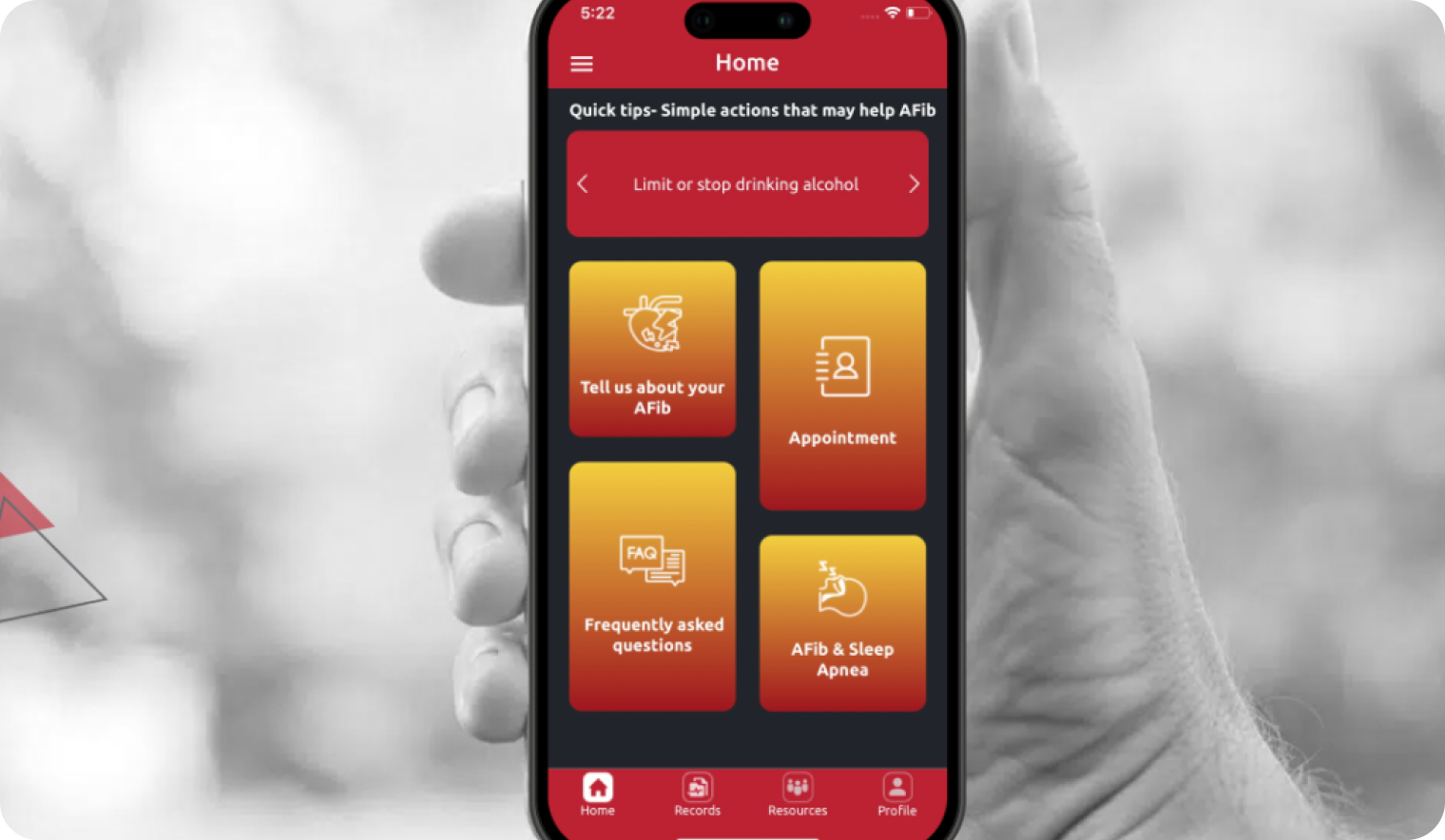Many AFib patients experience shortness of breath as a side effect of their condition. It’s natural to assume then that many AFib patients will experience heightened shortness of breath during this era of COVID-19 when wearing a mask is required to help reduce the spread of the disease. In this issue of The Scoop, we’ll address the importance of continued mask wearing practices despite the discomfort, as well as what can be done to mitigate some of the discomfort.
IMPORTANCE OF WEARING A MASK TO AFIB PATIENTS:
According to the Centers for Disease Control and Prevention, “Adults of any age with certain underlying medical conditions are at increased risk for severe illness from the virus that causes COVID-19. Severe illness from COVID-19 is defined as hospitalization, admission to the ICU, intubation or mechanical ventilation, or death. Adults of any age with the following conditions are at increased risk of severe illness from the virus that causes COVID-19:
- Cancer
- Chronic kidney disease
- COPD (chronic obstructive pulmonary disease)
- Down Syndrome
- Heart conditions, such as heart failure, coronary artery disease, or cardiomyopathies*
- Immunocompromised state (weakened immune system) from solid organ transplant
- Obesity (body mass index [BMI] of 30 kg/m2 or higher but < 40 kg/m2)
- Severe Obesity (BMI ≥ 40 kg/m2)
- Pregnancy
- Sickle cell disease
- Smoking
- Type 2 diabetes mellitus
*AFib makes the ventricles beat faster to push blood out of the heart. Beating too fast for a long time can make the heart muscle too weak to pump enough blood to your body. This is called cardiomyopathy.
In addition, it’s been proven that wearing a mask decreases any person’s chances of contracting Covid-19. The National Institute of Health reports that, “Following mask mandates for at least 3 weeks, rates declined 5.5 percentage points in those aged 18 to 39 years (95% CI, 0.6-10.4) and in those aged 40 to 64 years (95% CI, 0.8-10.2).^
For those wanting extra protection when they leave their homes, the Centers for Disease Control and Prevention reported earlier this month that the practice of wearing a more tightly fitted surgical mask, or layering a cloth mask atop a surgical mask can vastly increase protections to the wearer and others around them. In fact, new research by the agency shows that transmission of the virus can be reduced by up to 96.5 percent if both an infected individual and an uninfected individual wear tightly fitted surgical masks or a cloth-and-surgical-mask combination.
SHORTNESS OF BREATH
AFib patients who find wearing a mask increases their shortness of breath can help mitigate some of this discomfort through simple techniques. This sensation of uncomfortable breathing or shortness of breath is called dyspnea, and increases during walking, exertion or exercise. Dr. Richard Schwartzstein, a dyspnea specialists and Chief of the Pulmonary Critical Care and Sleep Medicine Division at Harvard-affiliated Beth Israel Deaconess Medical Center explains that, “Pulling air through the mask – which has some resistance to airflow – can require an increase in the effort it takes to breathe, and you may notice it.”
WHAT TO DO >
Another specialist, Dr. Bartolome Celli, a pulmonologist with Harvard –affiliated Brigham and Women’s Hospital recommends the following strategies to alleviate some of the symptoms:
- Breathe at a slower rate to decrease the resistance against the mask
- Try exhaling with pursed lips
- If you are walking, decrease the pace to lower the demand on your lungs
WHAT NOT TO DO >
Your symptoms may leave you wanting to try wearing a face shield instead of a cloth mask. However, “Shields are not a replacement for cloth masks worn in the community. If you’re infected, a cloth mask may help stop the spread of infection from you to others. Cloth masks may also protect against exposure to virus in respiratory secretions, but more studies are needed given the variety of cloth masks in use,” explains Dr. Erica Shenoy, Associate Chief of the Infection Control Unit at Harvard-affiliated Massachusetts General Hospital.
You may also have tried wearing one of the most comfortable types of face coverings – a neck gaiter, or a fabric tube that’s placed around your neck. However, neck gaiters perform very poorly on tests to block viral particles.
In conclusion, mask wearing will be a part of our lives for many months to come. We hope you consider following the guidelines above to stay safe and comfortable while doing your part to stop the spread of Covid-19. Always consult your doctor or contact us at the Fix AFib clinic if you have additional questions related to wearing a mask.
Keep reading our next blog post about the connection between AFib and stroke risk.
^PMID: 33571176; DOI: 10.15585/mmwr.mm7006e2








